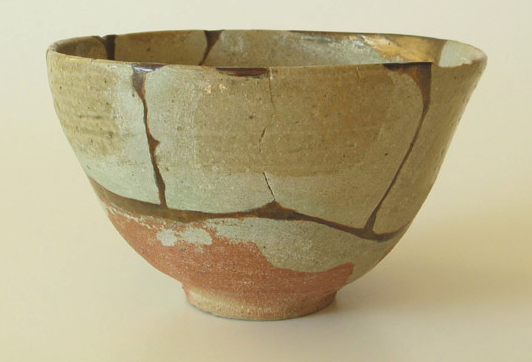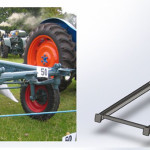“Brazilian, London-based designer, artist and all-around maker Paulo Goldstein has lended his model-making talents to such films as The Fantastic Mr. Fox and Frankenweenie, but after receiving a Master’s Degree in Industrial Design from Central Saint Martins in London, it appears he is opening a whole new chapter. His graduate project, called Repair is Beautiful focuses on repairing broken objects from a craftsperson’s eye.”
Via REculture.
The repair process of all objects (a chair, an anglepoise, headphones, an iPod) is explained step by step with photographs.







